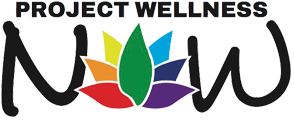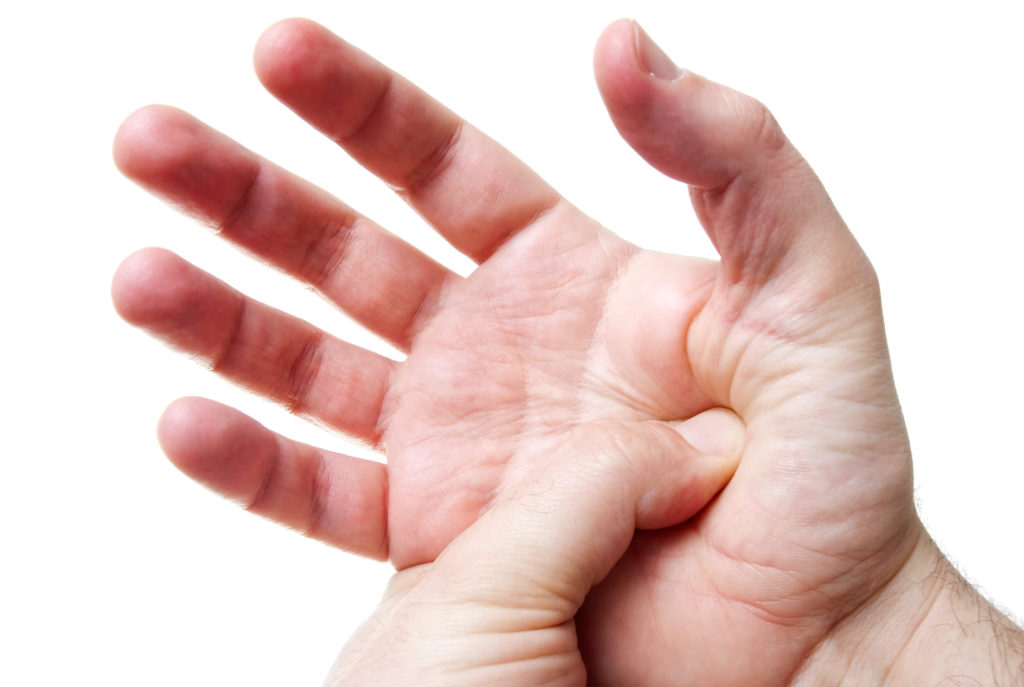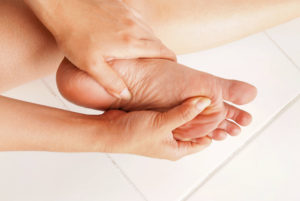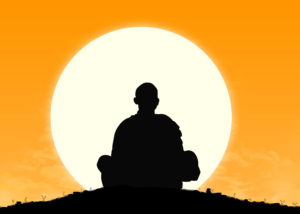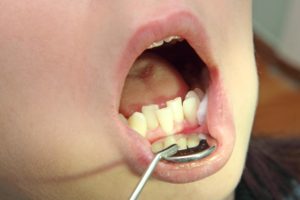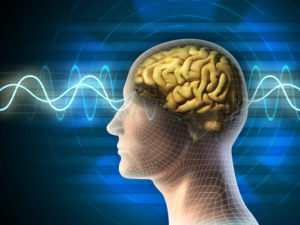In part 1 of this essay, you learned about acupuncture as a powerful pain-management therapy. Now let’s explore some techniques that are directly related to acupuncture—yet differ in some interesting ways.
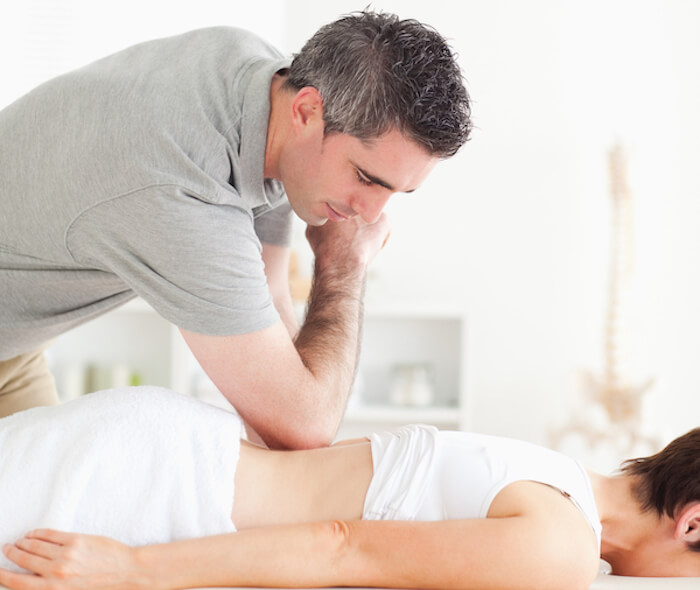
What Is Acupressure?
Acupressure is very similar to acupuncture, except that there are no needles involved. Instead, the practitioner activates the acupuncture points by applying pressure at the point with one or more fingers, or with the palm of their hand. Tuina (developed in China) and Shiatsu (from Japan) are examples of styles of acupressure.
Acupressure is a great choice for those who feel queasy about needles—and in some cases can be just as effective in resolving acute or chronic pain.

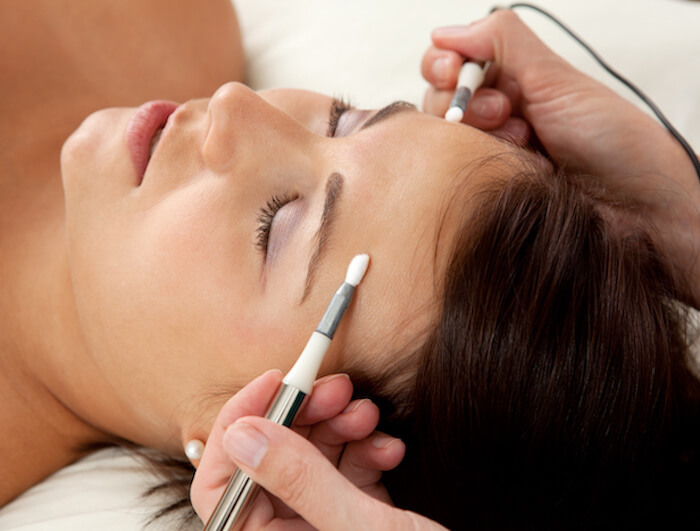
What Is Electroacupuncture (aka E-Stim)?
Electroacupuncture, which is also known as electrostimulation—or e-stim for short—is an acupuncture technique that has more recently come into use. While e-stim, like acupuncture, is used to treat a wide variety of conditions, it has proved especially useful for resolving muscle or joint pain, and for helping bone fractures to heal more quickly.
There are three things that electro-stimulation of the needle accomplishes to enhance the efficacy of the treatment, as outlined in Acupuncture Today:
One: Analgesic Effect
Low frequency stimulation causes a mobilization of endogenous opiates, called enkephalins, to be released. These opiates are extremely powerful and are the reason EAC is used in lieu of anesthesia in many surgical procedures in China.
Two: Anti-spasmodic Effect
The vibration of the needle caused by the elect stimulation causes a relaxation of the soft tissue reducing inflammation caused by hypertonic muscles.
Three: Regenerative / Healing Effect
The electrical stimulation creates an ionic current between the two needles increasing microstimulation and accelerating the healing process.
In short, electroacupuncture (e-stim) works not only by increasing the healthy flow of life-force energy through an injured area; but also by activating the body’s “internal pharmacy”—directing pain-relieving chemicals to a particular place in the body.
What’s It Like To Receive An E-stim Treatment?
“If you’re just discovering the wonders of this ancient Chinese practice, this book will teach you everything you need to understand…”
An e-stim treatment begins in the same way as an acupuncture treatment: with an initial interview, and then placement of needles at acupuncture points chosen to address the specific injury or illness. What makes e-stim unique is that the needles are then attached—via small clips and wires—to a device that generates a continuous electric current.
The dials on the e-stim device are used to adjust the frequency and intensity of the electric impulse being delivered to the needles. Electroacupuncture always uses two needles at once, so that the added electric pulse can be transmitted from one needle to the other. Several pairs of needles can be used simultaneously, and—as with a standard acupuncture treatment—the needles are typically left in for 20-30 minutes.
When you receive an e-stim treatment to resolve physical pain, the needles are often placed on either side of the injured muscle or joint, so that the electric pulse can travel directly through the most tender area, to resolve stagnation and initiate the healing process.

What Is TENS?
The technique called transcutaneous electrical nerve stimulation—or TENS for short—uses electrodes taped to the surface of the skin, rather than acupuncture needles that are inserted into the skin. Like acupressure, the advantage of TENS is that it can be used by people who are afraid of needles or have a condition that prohibits them from being needled.
As with e-stim, a TENS treatment will create a buzzing or tingling sensation in the affected area. This indicates the presence of an electrical pulse that supports the healing process.
The Pain-Relief Benefits Of Electroacupuncture
As mentioned above, electroacupuncture (e-stim) tends to be a super-effective technique for resolving pain. As such, it’s a great choice for athletes recovering from injury as well as those who suffer from either acute or chronic pain.
The mild electric stimulation helps tight muscles to relax, which relieve muscle spasms immediately. Muscles and joints recover more quickly from injury. And since the pulse runs through deep levels of connective tissue, the effect of an e-stim treatment tends to last longer than other therapies such a Swedish massage, TENS, or muscle relaxant pills.
The most significant effect of e-stim is pain relief—which is what makes it (as well as acupuncture) an excellent choice for relieving knee pain.
The Bottom Line
Acupuncture, acupressure, e-stim and TENS are related therapies that can all be useful in resolving physical pain.
To your health & happiness!
YOU MAY ALSO LIKE:
6 FEET EXERCISES FOR STRENGTH AND PAIN MANAGEMENT
By Kevin Jones In general, it is best to focus on whole-body strength and pain management by engaging in different exercises…
THE BRAINWAVE HACK THAT TURNS YOU INTO A ZEN MONK
By Karl Moore We’ve all heard about the powerful benefits of meditation: less stress, greater relaxation, sharper thinking, improved memory, enhanced…
HOW TO OPTIMIZE YOUR BRAIN NATURALLY
Have you ever forgotten a word or someone’s name that you should know? It happens to all of us. It indicates…
CROOKED TEETH IN CHILDREN? HERE IS WHAT YOU CAN DO
By Emily Taylor When children lose their first few teeth, it can be a very exciting time for them, but it…
MASTERING YOUR BRAIN=ABUNDANCE
Your brain – that three-pound hunk of matter located between your ears – is the most sophisticated, complex, and miraculous piece…
IT’S TIME TO REDISCOVER THE JOY OF INDOOR GARDENING
If indoor gardening has you thinking of your grandmother’s old homemade macramé plant hangars filled with spindly spider plants, think again. Today’s indoor…
